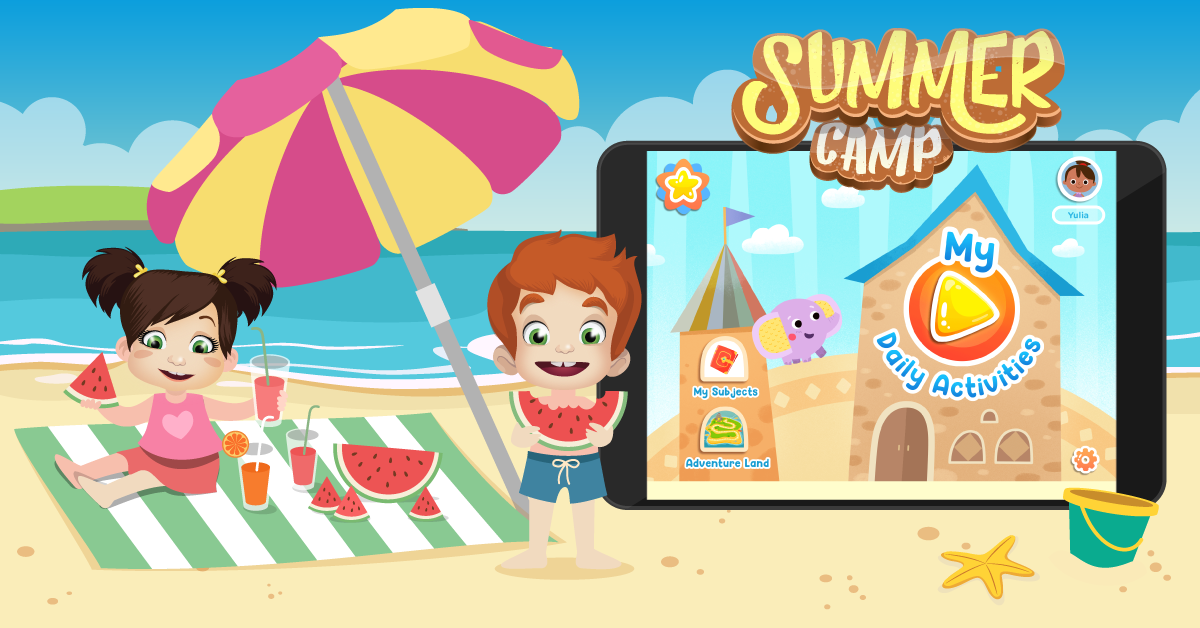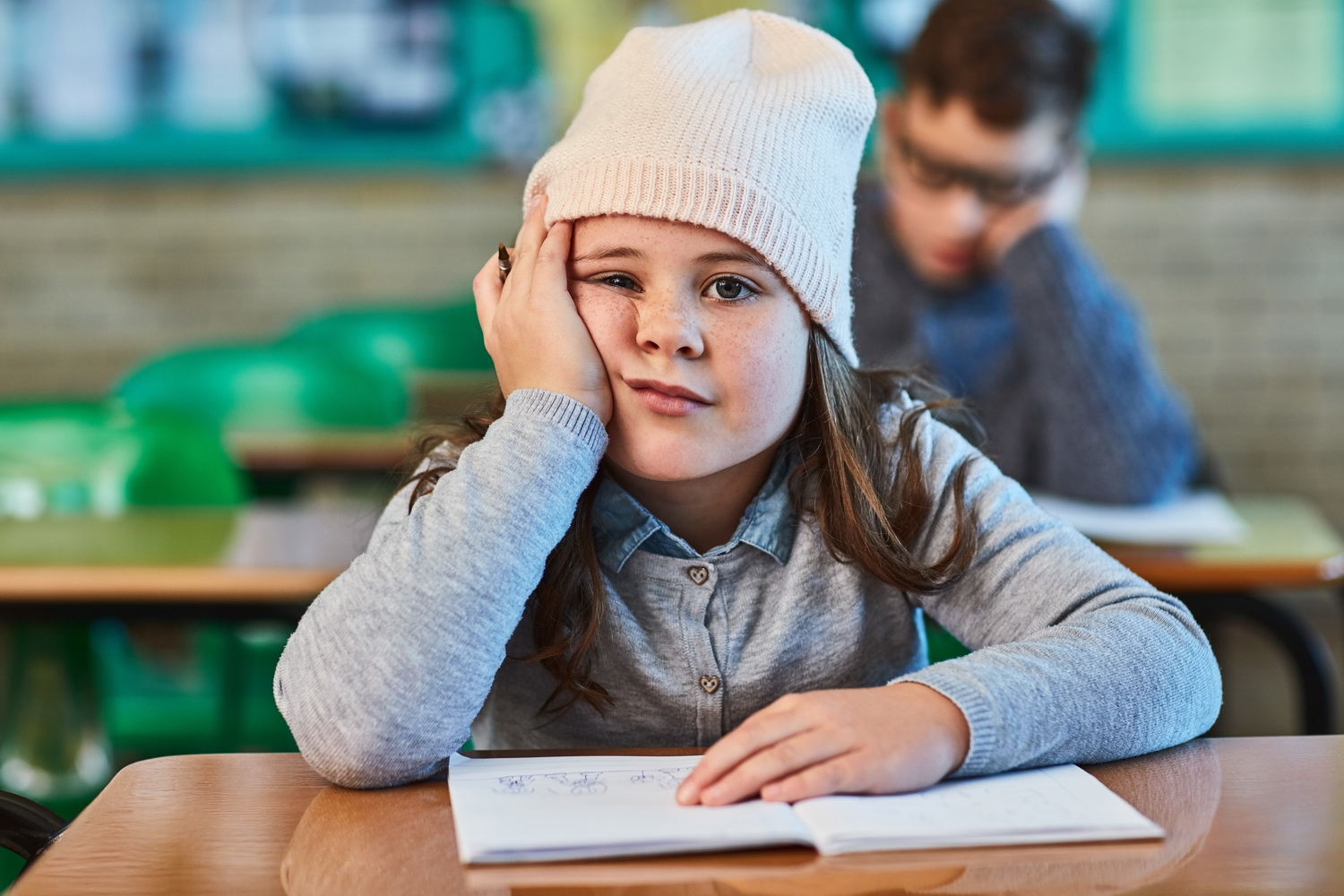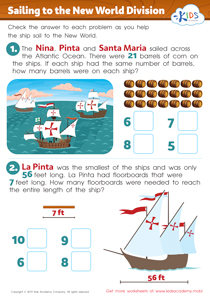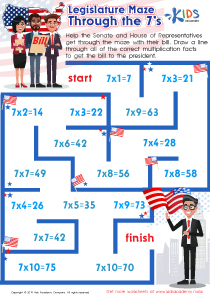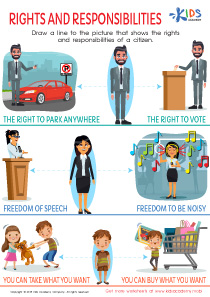Visual recognition Normal Social Studies Worksheets for Ages 3-9
6 filtered results
-
From - To
Welcome to our Visual Recognition Normal Social Studies Worksheets, specially designed for children aged 3 to 9! These engaging worksheets help young learners enhance their visual recognition skills while exploring essential social studies concepts. With vibrant illustrations and interactive activities, children will learn to identify objects, understand community roles, and recognize cultural diversity in an enjoyable way. Our resources foster critical thinking and observational skills, making abstract social concepts more tangible. Perfect for classroom use or at-home learning, these worksheets provide endless opportunities for exploration and discovery. Help your child build a strong foundation in social studies with our thoughtfully crafted visual recognition materials!
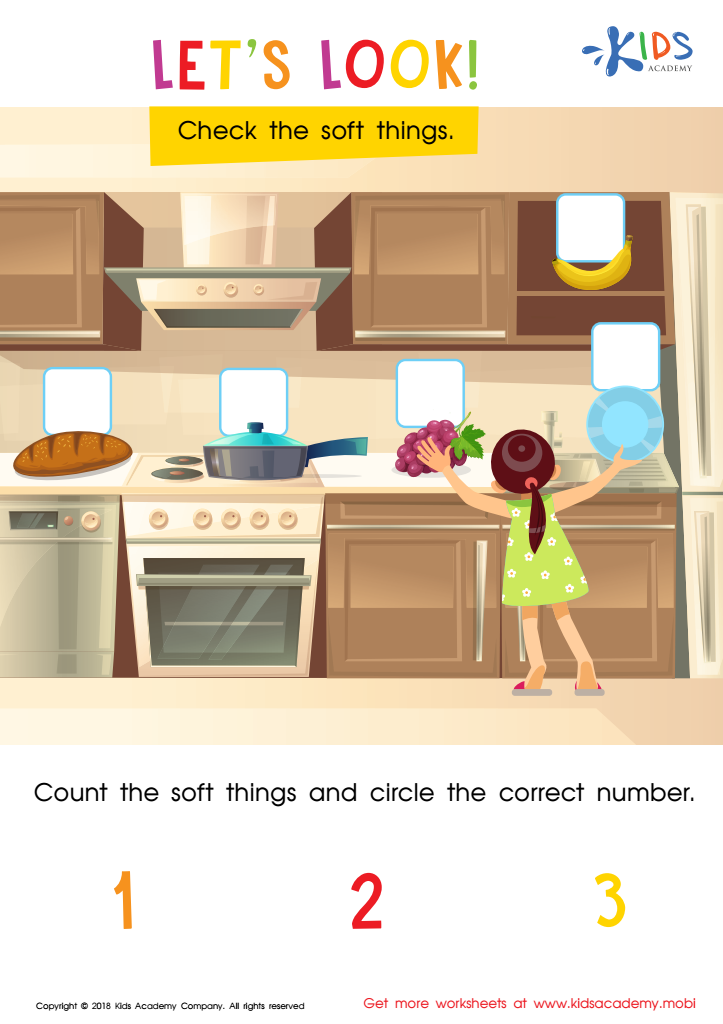

Let's Look! Assessment Worksheet
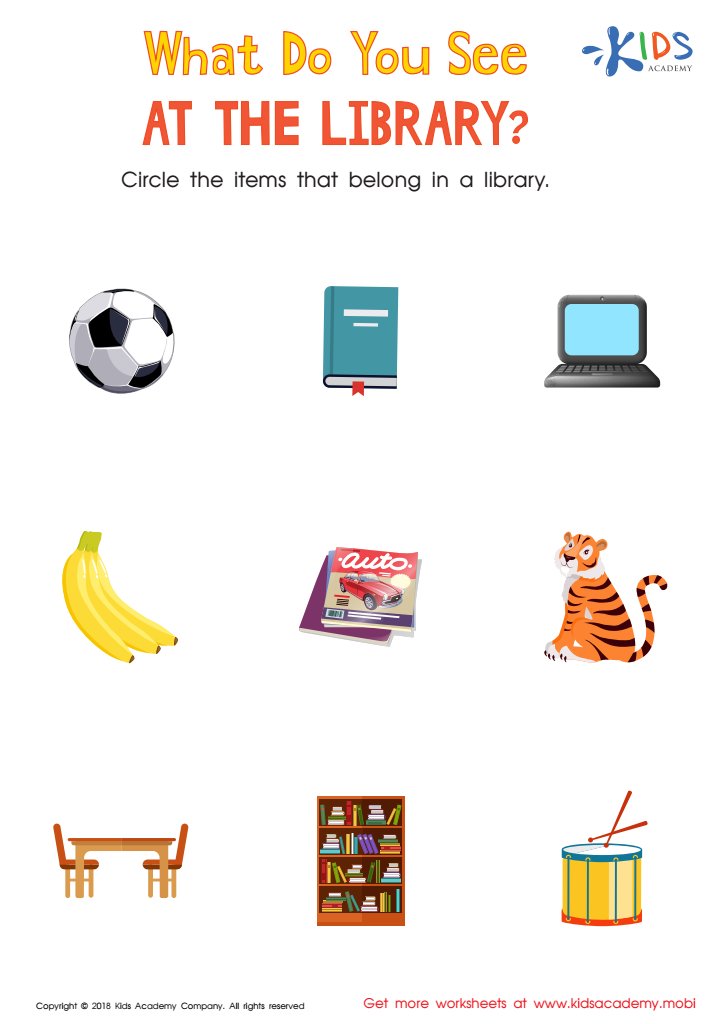

What Do you See at the Library? Worksheet
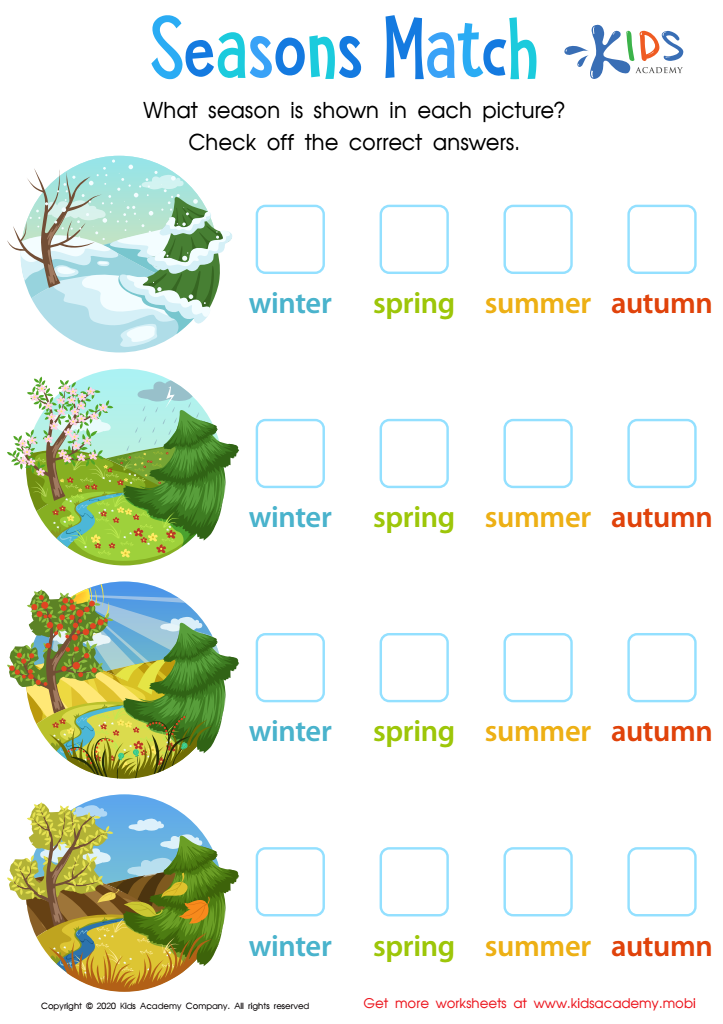

Seasons Match Worksheet


Skip Counting by 10 Through Our Community Worksheet
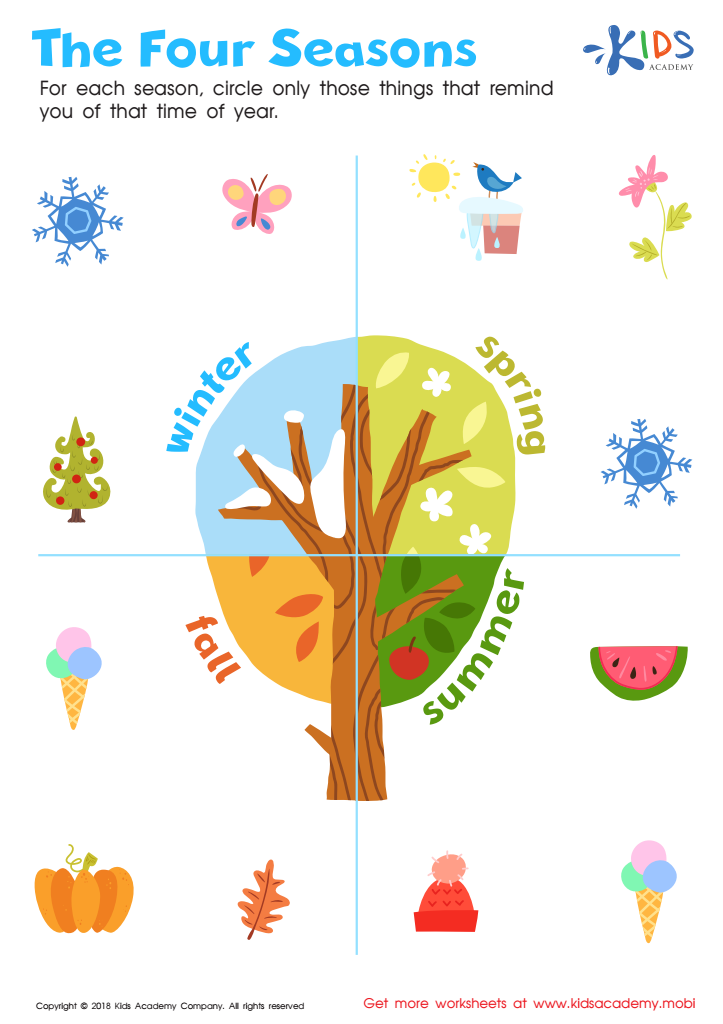

The Four Seasons Worksheet
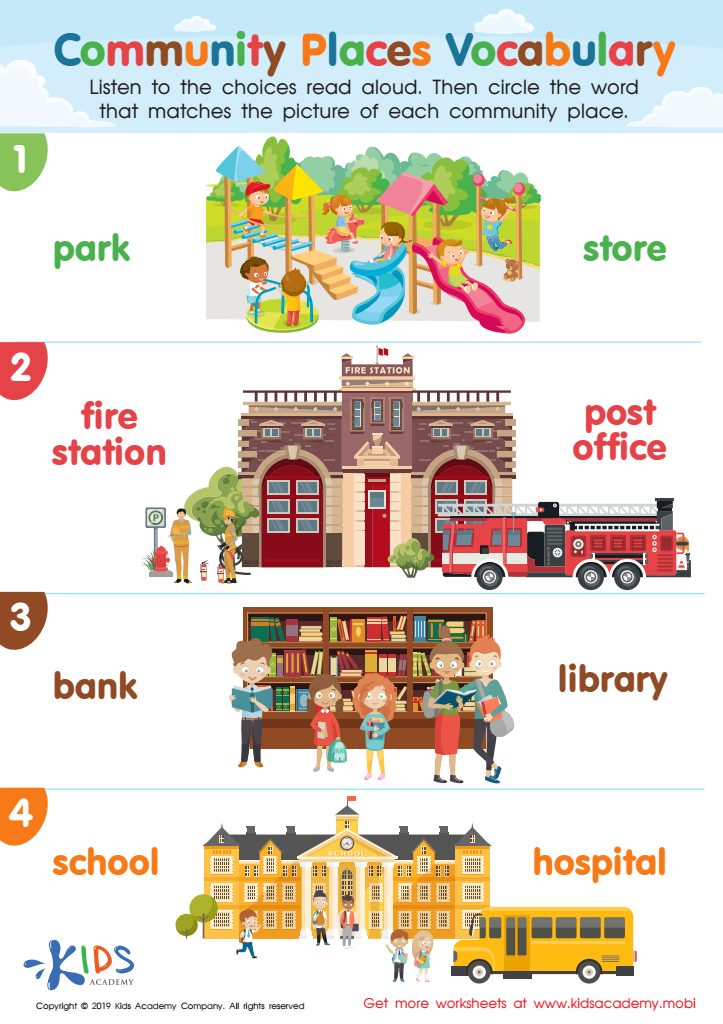

Community Places Vocabulary Worksheet
Visual recognition and understanding social studies concepts in early childhood are essential for holistic development. For children aged 3-9, visual recognition forms a foundation for learning by helping them identify and interpret various objects, people, and situations. This cognitive skill enhances their ability to understand the world around them, laying the groundwork for more complex learning in geography, history, and cultural studies later in school.
Moreover, social studies help children develop empathy, connect with their cultural and community heritage, and navigate social environments. Through visual recognition activities, such as identifying different landmarks, cultural symbols, or societal roles, children gain a greater appreciation for diversity and global awareness. It encourages curiosity about their surroundings, fosters critical thinking, and promotes informed citizenship as they learn to appreciate various perspectives.
By integrating visual recognition in social studies, teachers can create engaging and interactive lessons that appeal to young learners' natural curiosity. This engagement not only makes learning enjoyable but also equips children with essential social skills for cooperation, dialogue, and respect for others. Thus, parents and teachers should prioritize these areas in early education, ensuring children develop cognitively and socially as they explore the world around them.
 Assign to My Students
Assign to My Students



